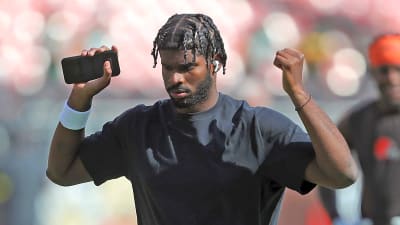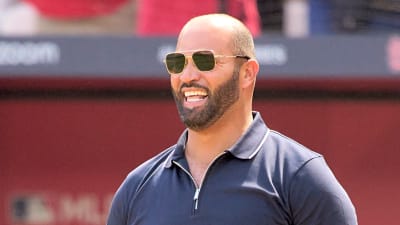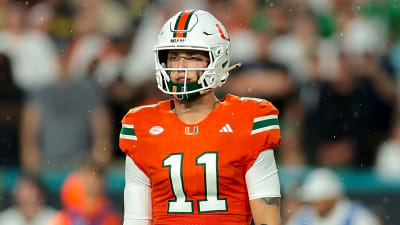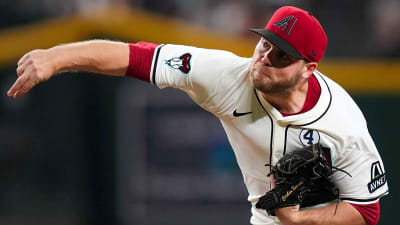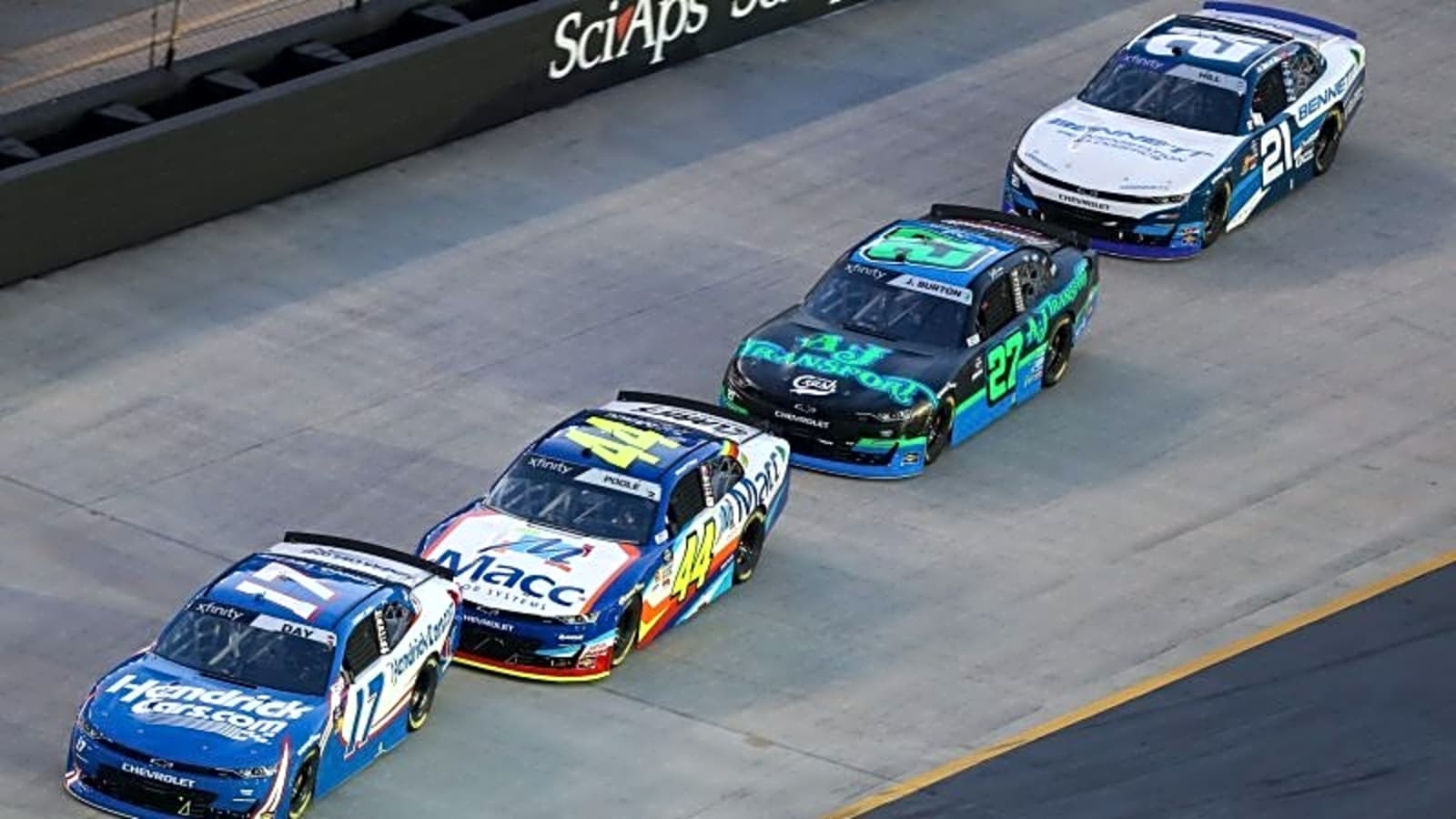
The smell of burnt rubber, the roar of the engines, the collective gasp of the crowd. That’s NASCAR. It’s a sport of inches and split-second decisions, where a hero can become a zero in the blink of an eye. At Kansas Speedway, the second stage of the Xfinity Series race was just kicking off, full of promise and the kind of high-octane energy you can only find on a superspeedway. But for Jeb Burton, that promise took a hard left turn, literally.
Coming out of the green flag for Stage 2, the field was a tight hornet’s nest of horsepower. Drivers were jockeying for position, trying to gain an early advantage in the stage. Racing is all about momentum, and Jeb Burton was right in the thick of it, battling hard with Parker Retzlaff. You’ve got two hungry drivers, both wanting the same piece of asphalt, and neither one is willing to give an inch. That’s when things get interesting.
A Battle for Position Goes Sideways for Burton
As they charged into Turn 3, it was a classic case of two into one won’t go. Burton and Retzlaff were locked in a duel, pushing their cars and their luck to the absolute limit. From the looks of it, Burton was on the outside, a precarious place to be when you’re rubbing fenders at nearly 200 miles per hour. The air gets thin, the car gets light, and control becomes a memory.
In that critical moment, Jeb Burton’s No. 27 Chevrolet got loose. The back end decided it wanted to lead the way, and once a stock car gets sideways at that speed, you’re no longer a driver; you’re just a passenger on a wild ride. The vehicle snapped around, a blur of color and smoke, spinning helplessly down the banking. It’s a gut-wrenching feeling for any driver. One second, you’re focused on the car ahead, planning your next move. Next, you’re looking out the side window, praying you don’t hit anyone else.
The Aftermath of the Spin
Miraculously, as Burton’s car pirouetted across the track, the rest of the field performed a high-speed ballet of avoidance. Drivers reacted with cat-like reflexes, diving high and low to miss the spinning machine. It was a testament to the skill of every driver out there that a single-car spin didn’t turn into a multi-car pileup, the kind of “Big One” that can end the day for half the field.
Burton managed to keep the car off the wall, which is a small victory in such a situation. Any time you can drive away from an incident, it’s a good day. But the damage was done. The spin cost him valuable track position, sending him tumbling down the running order. The tires were likely flat-spotted and ruined, forcing an unscheduled pit stop under the caution he created. His chances of a good finish took a massive hit, all because of one corner, one moment of lost traction.
What’s at Stake for Stage 3
For Jeb Burton, it was a frustrating turn of events. He’s a driver who fights for every single spot, and to lose all that ground so early in the stage is a tough pill to swallow. The crew would have to go to work, not just on the car but on keeping their driver’s spirits up. A race is long, and you can’t let one bad break define your entire day.
You have to reset, refocus, and get back out there to salvage what you can. It’s that grit and resilience that separates the pros from the rest. The incident at Kansas was a stark reminder of how quickly fortunes can change in NASCAR, where the line between glory and a long ride back to the garage is razor-thin.
More must-reads:
- Richard Childress Racing makes surprising personnel change before Charlotte Roval race
- Patriots WR Stefon Diggs opens up about returning to Buffalo
- The 'Active multiple 140-receiving-yard games' quiz
Breaking News
Trending News
Customize Your Newsletter
 +
+
Get the latest news and rumors, customized to your favorite sports and teams. Emailed daily. Always free!
